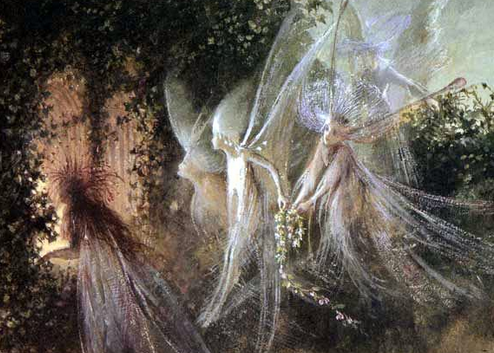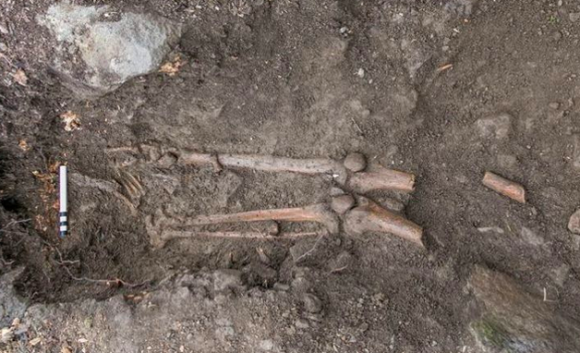The Fairy Faith
A scholarly piece on the origin and meanings of a faith we know and love…
The Fairy Faith: An ancient indigenous European Religion
By Carolyn Emerick
“There are two different meanings to the term “Fairy Faith.” On one hand, it simply refers to the old folkloric belief in fairies, and the practices found therein. This meaning is usually ascribed to the modern Celtic nations of Ireland and Scotland, where belief in fairies lingered long into the modern era. In this sense, it is analogous to other places where belief in fairy-like creatures continued even into the present day, such as in Iceland and even in some Native American or Canadian First Nations traditions.
The second meaning is found in the modern neo-pagan community. It seems that the neo-pagan Fairy Faith sprung from the Wiccan community somewhere around the 1970s in California. As the modern pagan movement proliferated, many different paths developed. Some were divergent variants branching off of Wicca, while others were born in the reconstructionist movement (reconstructionist meaning attempts to reconstruct the ancient indigenous religions of Europe, the Mediterranean, and elsewhere, with historical accuracy). Yet more versions of neo-pagan paths emerged that were influenced by these, but took their own shape and form. So in the modern pagan community, the Fairy Faith has various incarnations and meanings. This article will focus mainly on the first definition, but will touch lightly on the second.
Origins of Fairy Belief
The modern notion of fairy vastly different from that which our ancestors knew, and even antiquated descriptions vary widely. While it’s fair to say that the image of the fairy has changed a number of times, it’s origins sprang from the murky haze of the Neolithic period…”
For the rest, click here.
Share


